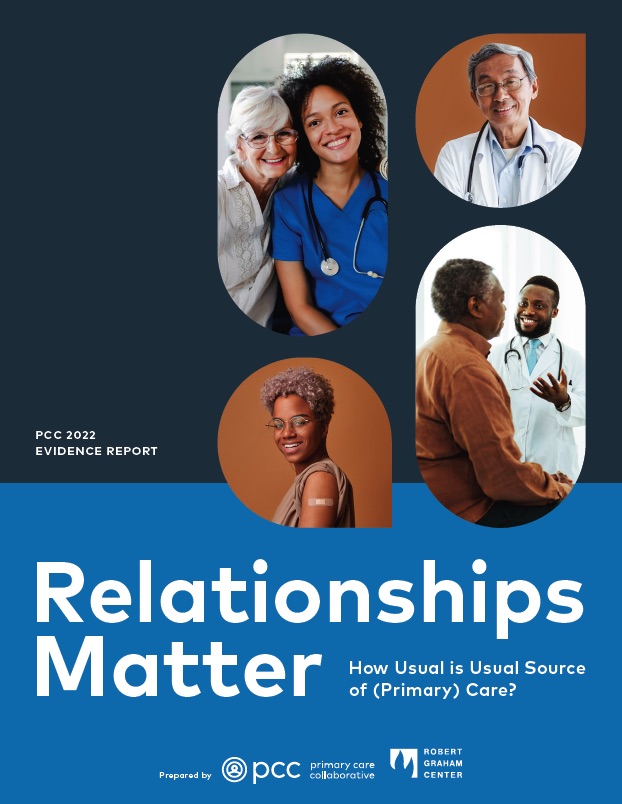"We know that health systems that are oriented toward primary care function better... having access to a primary care provider means you'll be focused on [wellness]... You are concerned with your health on an everyday basis, not just when something is hurting."
- New York State Senator Gustavo Rivera
This week, the Primary Care Development Corporation (PCDC), a PCC Executive Member, hosted a legislative briefing with legislative cosponsors Assemblyman Richard Gottfried and Sen. Gustavo Rivera as well as PCDC CEO Louise Cohen to discuss A7230-B (Gottfried)/S6534-C (Rivera), pending legislation in the New York State legislature that would initiate the first step in a transformational process to reorient New York's health system toward primary care.
This event also featured the important voices of two primary care clinicians who shared their perspectives on how clinicians make a difference in their communities, challenges they face, and how we can support them and their communities better by investing in primary care.
Speakers:
- Assembly Member Richard N. Gottfried, Chair, Assembly Health Committee
- Sen. Gustavo Rivera, Chair, Senate Health Committee
- Louise Cohen, Chief Executive Officer, PCDC
- Pascale Kersaint, MD, Chief Medical Officer, Brooklyn Plaza Medical Center, Inc.
- John Rugge, MD, Founder, Hudson Headwaters Health Network




